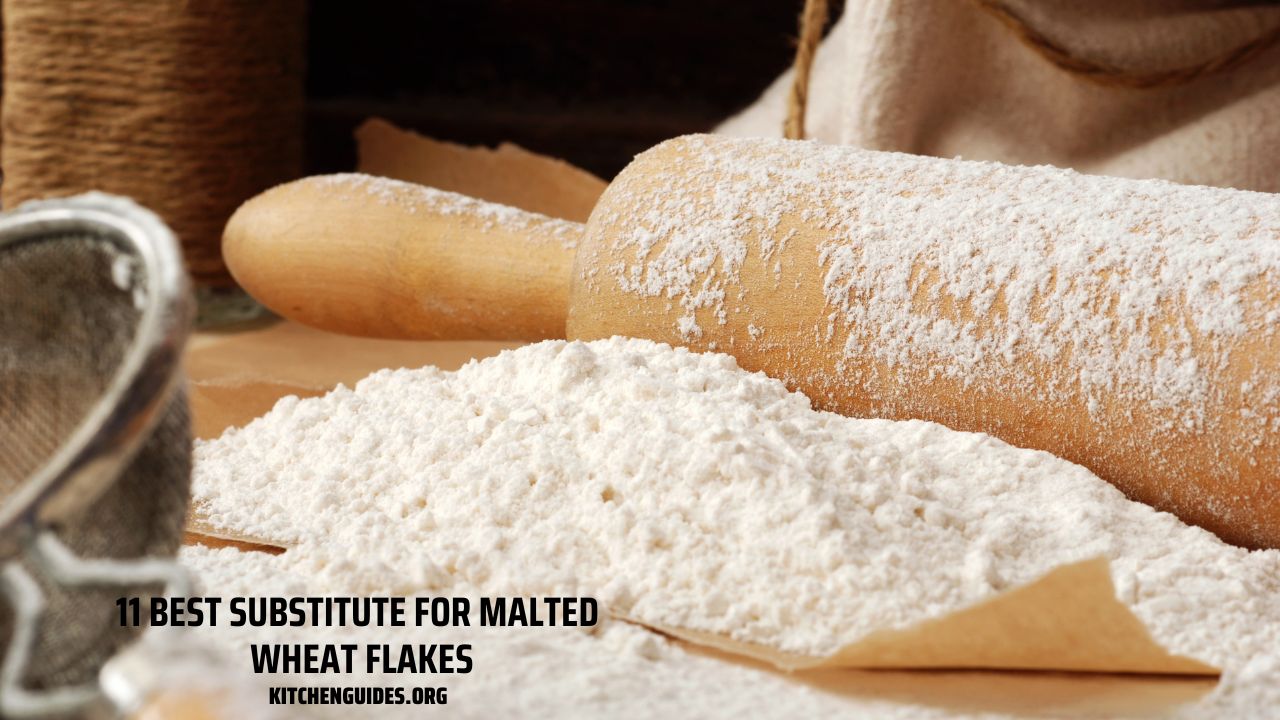Looking for a quick and easy recipe to substitute for malted wheat flakes? This recipe is inexpensive and is virtually the same. You’ll love this fun breakfast treat!
What Are Malted Wheat Flakes?
Malted wheat flakes are made from whole wheat kernels that have been sprouted until the grains germinate and then dried to produce a crunchy texture. The sprouting process increases the number of nutrients in the grain by breaking down some of its starch into simpler sugars. It also increases the amount of protein and fiber in each kernel. Once dried, the flakes can be eaten as is or used to make porridge or other dishes.
The process of flaking involves milling the malt down into smaller pieces, which increases its surface area. This makes it easier for enzymes to break down starches into simple sugars during brewing.
11 Suggestions Malted Wheat Flakes Substitute
Malted Wheat Flakes are used in brewing to give beer its flavor. Malted wheat can be replaced with malted barley and other grains, but you will not get the same results. You may also need to adjust your recipe to account for the differences between these ingredients.
1. Malted Barley
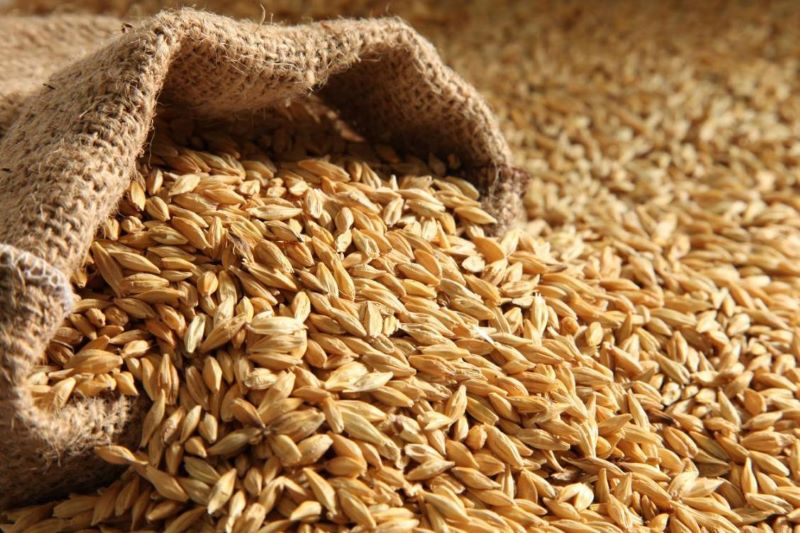
Malted barley is used as an alternative to malted wheat Flakes when making beer. It has a similar taste but is not quite as sweet. Its main function is to provide enzymes that convert starches into fermentable sugars during the mashing process. These enzymes are what give beer its carbonation.
2. Rye Malt
Rye malt is another option for replacing malted wheat Flakes in your beer recipe. Rye malt has a more earthy flavor than barley or wheat, but it does contribute some sweetness to your brews as well. Like malted barley, rye malt contains enzymes that are needed for converting starches into sugars during mashing.
3. Bread Flour
Bread flour is made by grinding hard wheat grains into a fine powder that is less dense than regular whole wheat flour. This makes it ideal for making bread because it allows the dough to rise higher without breaking down the gluten strands formed during kneading.
4. Malted Milk Powder
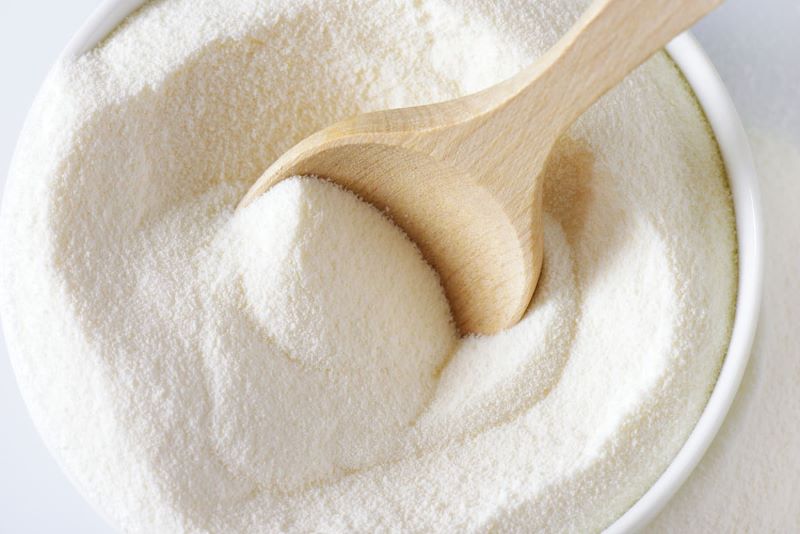
Malted milk powder is made from ground malted barley that has been processed into powder form. It’s often added to chocolate cake recipes for its distinct malt taste and creamy texture it gives the cake upon baking. In addition, it helps keep chocolate cakes moist by trapping moisture inside the cake’s structure during the cooking and cooling processes and preventing cracking on top of your cake after baking.
5. Coconut Milk Powder
Coconut milk powder is made from dried coconut meat that has been ground into a fine powder. It can be used as an alternative to dairy milk in recipes where you want to avoid animal products or want to reduce the amount of saturated fat in your diet. Coconut milk powder may also be fortified with vitamins A and D so check the label if this is important to you before buying this product!
6. Maca Powder
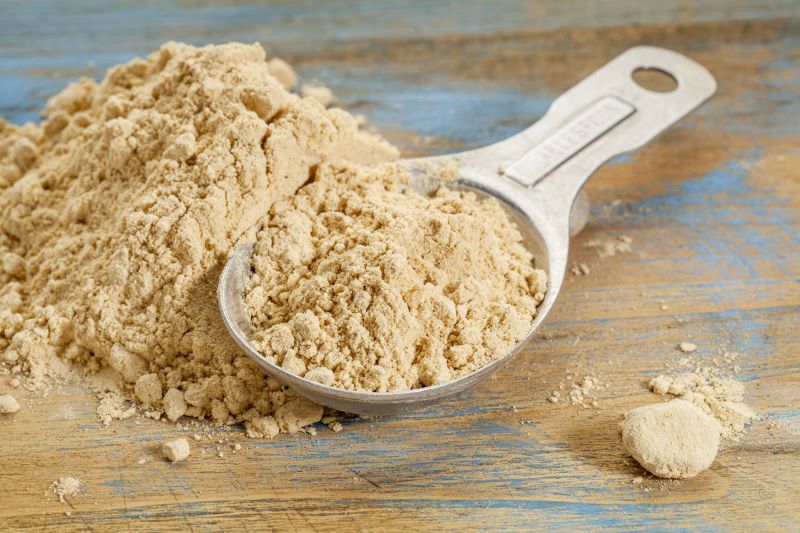
Maca powder is a root vegetable that comes from Peru. It’s known for its high levels of nutrients and antioxidants, which makes it an excellent addition to any meal. If you’re looking for an alternative to malted wheat, try using maca powder instead. It has a nutty flavor and will add some color to your dish as well.
7. Corn Starch
Corn starch is an easy way to thicken soups and sauces without adding extra calories or carbohydrates like flour would do. You can also use corn starch as a substitute for malted wheat if you’re making homemade beer or bread because it adds sweetness without adding artificial ingredients as sugar does. Corn starch is available at most grocery stores near the baking goods aisle with other thickening agents such as flour and cornmeal.
8. Vanilla Powder
Vanilla powder is made from pulverized vanilla beans, which are then ground into a fine powder. The vanilla powder has a sweet aroma and slightly sweet taste that complements many desserts and baked goods. You can substitute 1/2 teaspoon of vanilla powder for each 1 tablespoon of malted wheat called for in your recipe, but do not use more than this amount or the recipe may not turn out correctly due to the lack of binding properties in the vanilla powder.
9. Potato Flour
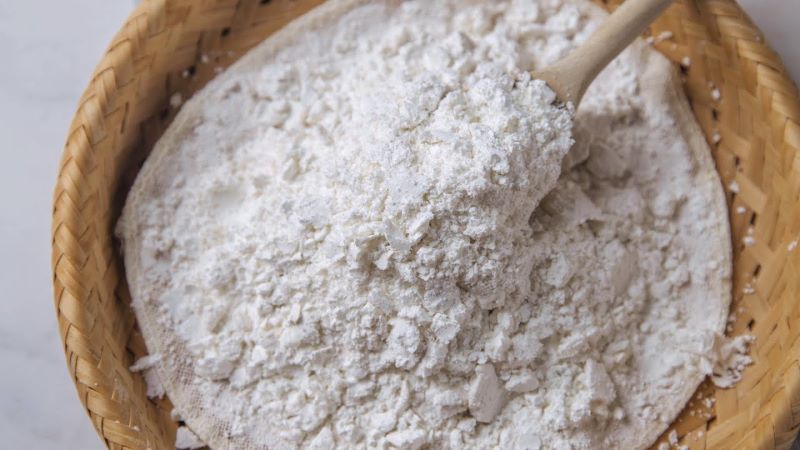
Potato flour is a white powder made from potatoes. It can be used as a substitute for wheat flour in baking, but the end product will have a potato flavor. This substitution works best for cakes and cookies that don’t have much of a taste or texture, to begin with.
10. Soy Milk Powder
Soy milk powder can be used as a gluten-free substitute when baking bread, cakes, or cookies. It has a similar consistency to wheat flour and can be added directly to your recipe with minimal adjustments. If you’re substituting soy milk powder for regular flour in your favorite recipe, try adding 1/2 cup of soy milk powder for every 1 cup of wheat flour called for in the recipe.
11. Wheat Germ Flakes
Wheat germ flakes are a substitute for malted wheat flakes. Wheat germ is the protein-rich part of the wheat grain, including the germ and bran. It is often processed into wheat germ oil or flour.
Benefits of Malted Wheat Flakes
Malted Wheat Flakes are made up of wheat kernels that have been malted. They are similar to wheat flakes but have a more pronounced malty flavor. Malted Wheat Flakes can be used in many recipes that call for whole wheat flour, including bread, muffins, and cookies.
Benefits of Malted Wheat Flakes:
1. Rich in Nutrients
Malted wheat flakes contain protein, iron, and B vitamins. These nutrients help build strong muscles and boost your energy levels so that you can perform better at work.
2. Improved Digestion
The high fiber content of malted wheat flakes helps prevent constipation by aiding bowel movements and keeps your digestive system healthy by removing toxins from the body.
3. Good For Weight Loss
Malted wheat flakes contain complex carbohydrates that break down slowly in the body, thereby keeping blood sugar levels stable and preventing cravings for unhealthy foods like sugar and salt-laden snacks and junk foods.
4. High Protein Content
Wheat is one of the most common grains used in animal feed because it is high in protein content. In fact, wheat has a higher protein content than corn and soybean meal, which are other common ingredients in animal feed. The protein found in wheat is important because it helps animals develop muscle mass and heighten their immune system function. Wheat also contains vitamin E and selenium, which help improve the condition of the animal’s skin, coat, and hooves.
5. Helps Lower Cholesterol Levels
Cholesterol levels are typically higher in people who consume diets that are high in saturated fats or refined sugars, which can lead to an increase in LDL (“bad”) cholesterol levels. However, soluble fiber like that found in malted wheat flakes can help lower these LDL cholesterol levels by binding with bile acids before they are absorbed into your bloodstream. This prevents them from being reabsorbed into your body where they would otherwise increase LDL cholesterol levels.
6. High in Fiber
Malted wheat flakes are an excellent source of fiber since they contain 12 grams per serving (one ounce). This may not seem like much but it’s more than double what you would find in most cereals. The fiber found in these flakes will help keep your digestive system working properly by helping move food along through your digestive tract so that waste products pass more easily out of your body.
Recipes With Malted Wheat Flakes
Malted wheat flakes are a delicious alternative to rolled oats. They have a sweet, nutty flavor and a slightly chewy bite.
Here are some recipes that use malted wheat flakes:
1. Breakfast
Try adding the flakes to pancakes or waffles for some extra crunch and flavor. They’re also delicious in overnight oatmeal!
2. Desserts
Use malted wheat flakes in place of flour in your favorite cookie or brownie recipe. They give these treats a soft, cakey texture that’s irresistible!
3. Side Dishes
Top salads and casseroles with the flakes for a delicious, crumbled texture. Malted wheat flakes can also be used to top fluffy mashed potatoes or baked, topped with chicken and gravy.
4. Snacks
Add the flakes to trail mix, granola, and energy bars. Or try making your own homemade Rice Crispies treats using malted wheat flakes!
5. Frozen Treats
Mix malted wheat flakes into your favorite ice cream recipe to add more flavor and crunch. Or try using the flakes to make homemade Rice Krispies treats.
6. Muesli
A classic breakfast cereal made with oats, nuts, and fruit, muesli is easy to prepare using malted wheat flakes instead of oats.
7. Pancakes
Use malted wheat flakes as an alternative to flour for pancakes or waffles; just add more liquid so that your batter is thin enough to pour into the skillet or on top of the griddle.
FAQs
1. How do you prepare malted wheat flakes?
The easiest way to prepare malted wheat flakes is by soaking them overnight in milk or water, then cooking them on the stovetop for about 15 minutes until soft but still chewy (you’ll probably need to add more liquid). You can also add them directly to soups or casseroles after cooking them in boiling water for about 10 minutes — again, until chewy but not mushy.
2. Do malted wheat flakes have any side effects?
There aren’t any known side effects from eating malted wheat flakes; however, there haven’t been many studies done on the effects of malted wheat flakes on humans, so it’s best to check with a doctor before eating or drinking this product.
3. Is malted wheat flakes gluten-free?
Yes, malted wheat flakes are considered gluten-free. They’re made from wheat that has been malted (sprouted), which makes it safe for those who are sensitive to gluten.
4. Where does malted wheat come from?
Malted wheat comes from many different countries around the world including Canada, France, Germany, and Japan just to name a few!
5. What does malted wheat taste like?
Malted wheat has a sweet, nutty flavor that’s similar to malt extract (the kind you use when making homemade beer). It’s also often used as an ingredient in cereals, bread, and cakes because of its unique flavor profile.
6. What does malted wheat look like?
Malted wheat flakes have a yellowish-brown color when dry and resemble large pieces of shredded cardboard or paper towel. They’re very light and fluffy compared to regular whole grain wheat flour — so much so that they’ll almost float off your countertop if you don’t weigh them down somehow while baking with them!
In Conclusion
The best substitute for malted wheat flakes is Wheat Germ Flakes. They taste similar to malt flakes but they contain Vitamin E, folic acid, and thiamin. This makes them a better choice to consume in comparison to the malted wheat flakes.

